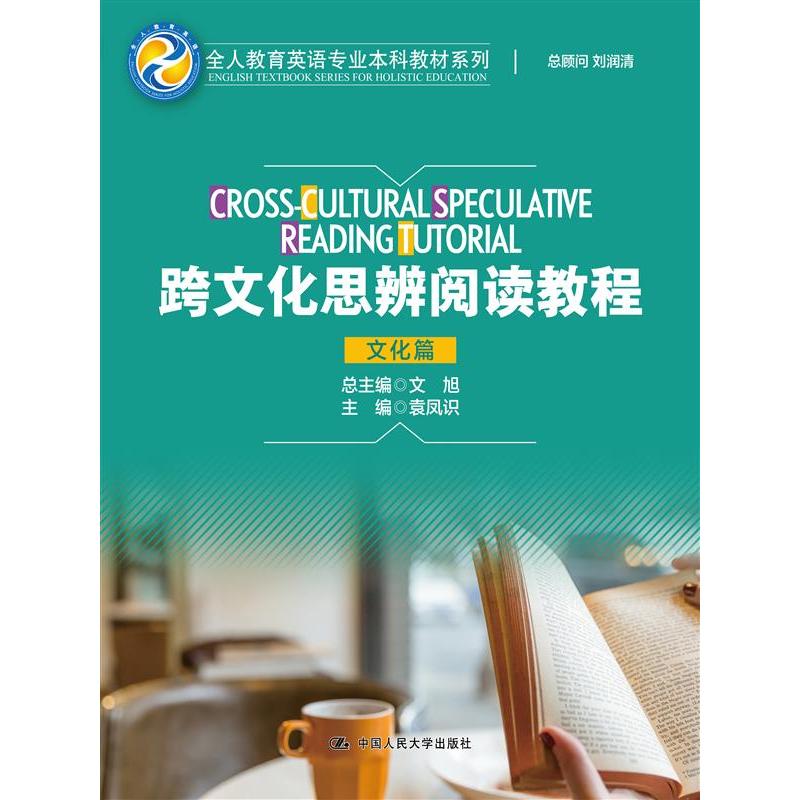
出版社: 中国人民大学
原售价: 55.00
折扣价: 40.70
折扣购买: 跨文化思辨阅读教程(文化篇)
ISBN: 9787300307503

袁凤识,博士,教授。北京市大学英语教育发展中心理事、北京市大学英语研究会理事、中国教育语言学学会理事和中国英汉语比较研究会外语教育技术专业委员会理事。2016年北方工业大学优秀共产党员。讲授《英语语言学概论》、《语用学》等课程。
研究领域:第二语言习得、应用认知语言学。科研成果:获得山东省优秀教学成果三等奖;先后以第一或第二作者在《外语与外语教学》、《外语界》、《外语教学理论与实践》、《外语教学》、《外语学刊》、《外语研究》等核心期刊发表外语研究相关论文25篇,其中第一作者CSSCI期刊论文9篇;编著3部,专著1部。科研项目:先后完成教育部人文社科项目1项,北京市社会科学项目1项,北京市教育科学规划项目1项,以第二完成人身份完成国家社科项目2项。目前在研教育部人文社科项目1项。
Unit 1 Sports
Background
Sports have been an integral part of our generation from early childhood. It also plays the important role of imparting character values. No other activity is as productive in gaining endurance, strengthening of muscles and overall physical fitness as sports. Sports teach people how to handle failures with dignity, while enjoying victories to the maximum. In this part, two role models Eileen Gu and Amy Purdy, who do the nation proud throughout the world, are going to take us into their understanding of doing sports.
Text A Eileen Gu—The High-Flyer
Interviewed by IWC
IWC Interviewer: Free skiing, I mean, that’s an extreme sport. Can you tell us a bit what it is because I think not everyone around the globe really knows what that discipline really is.
Gu: So free skiing is you’re on skis, and the skis look a little bit different from race skis or your typical rental skis because they are twin tips. So the front goes up and the back also goes up. That allows you to ski and switch backwards, and you’ll need to ski backwards because the whole discipline surrounds, it’s pretty much like gymnastics. On skis, you’re doing flips. You’re doing spins. There’s a halfpipe which is shaped like this and you jump out and back in. And then there’s another discipline called slopestyle, which is jumps and rails. And then finally, the last discipline is called big air, which is just one big jump.
And in terms of skiing, what makes it different from anything else is that it is very expressive. It’s very creative in terms of gymnastics. Right. It’s beautiful, it’s so difficult, but at the same time, there are set difficulties for different tricks, whereas in skiing there is no score based on only difficulty. It’s scored on difficulty, amplitude, execution, variety and style. So if you do it differently than anybody else, it’ll score higher even if you’re doing the same trick. And everybody will do that trick differently. And so in that way, it makes it really interesting because it allows for a lot of freedom and creativity and self-expression. And it allows you to kind of personalize your own skiing.
I always like to say that if everybody was wearing black and everybody was doing the same trick and I was watching from a far distance, I would be able to tell who is who, because you can really show your own style and influence into skiing. So that’s what I love so much about it.
IWC Interviewer: You achieved your first World Cup victory in Italy in 2019 when you were only 15. What has happened since then?
Gu: Wow... A lot has happened since then, I would say. I think what’s really fun is because things have happened so fast I definitely still have the kind of underdog mentality in the sense that I now have enough confidence to enter any competition and have the intention to win, but also not really the age or the time experience to really expect it. So what that means is I feel like it’s created a really healthy mindset for me competitively.